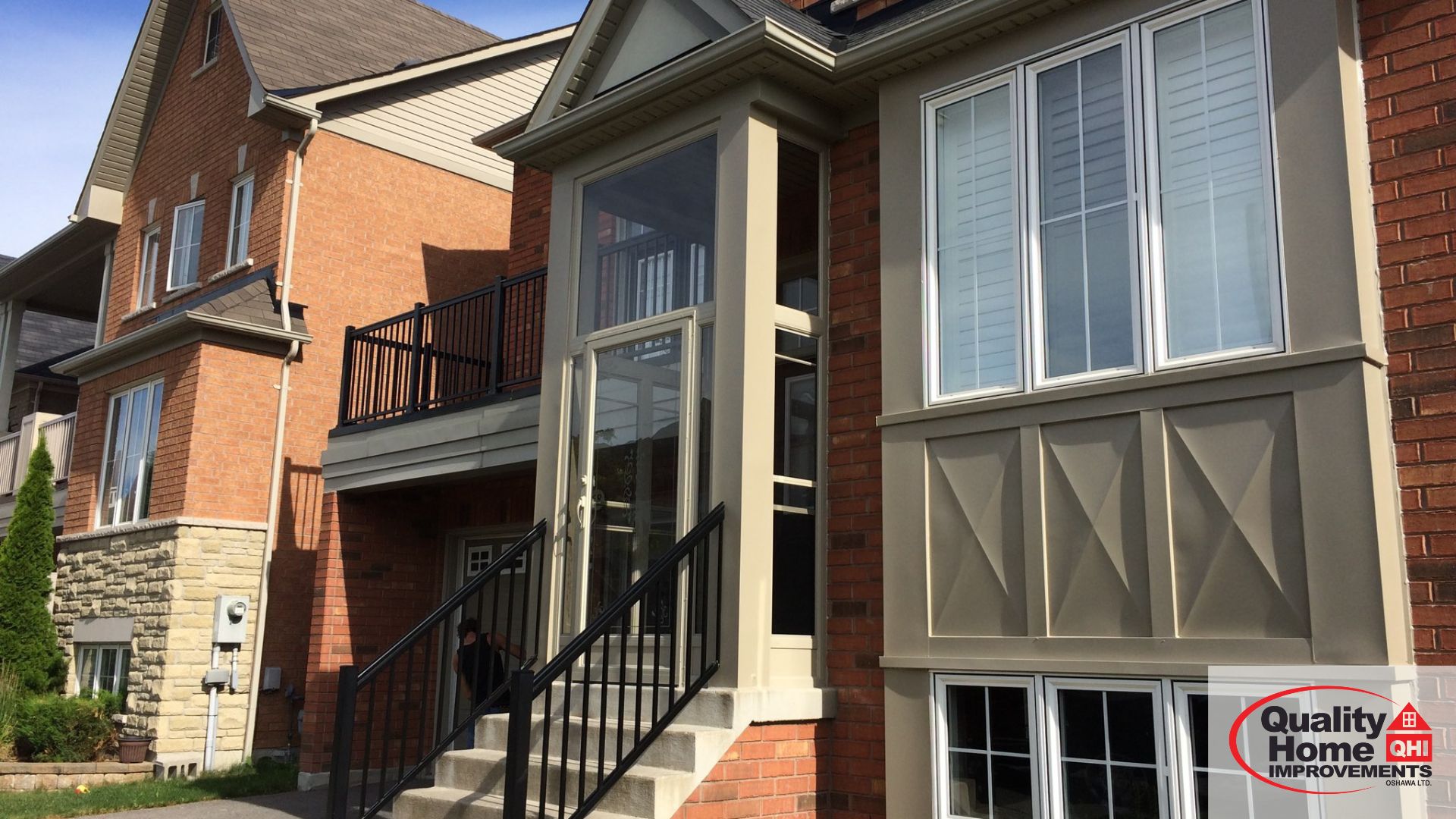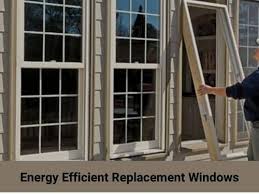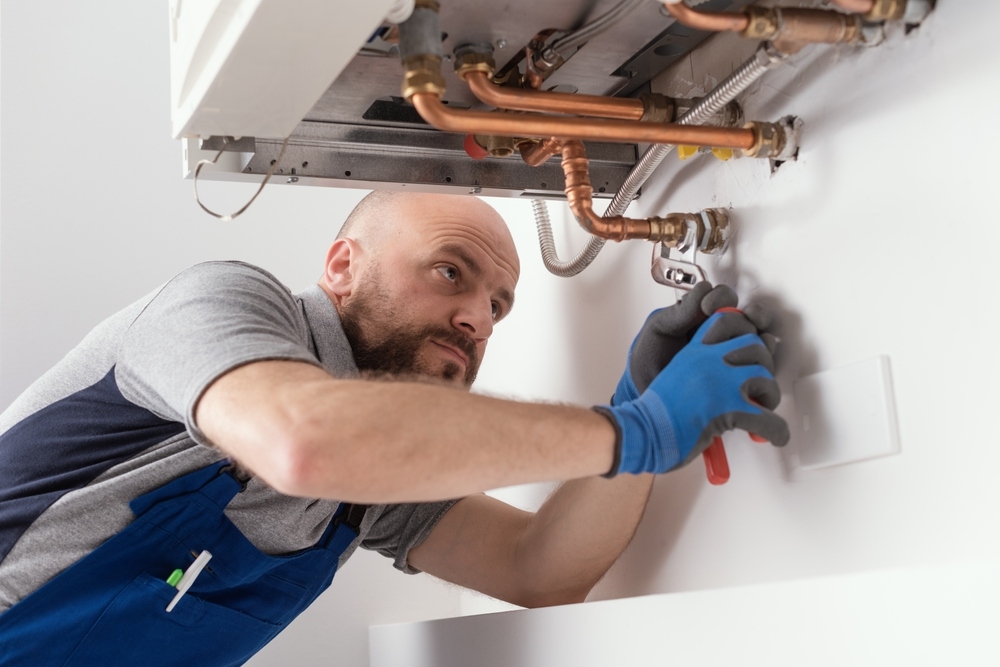Window screens help maintain indoor air quality, prevent insects from entering, and enhance ventilation in a home. A simple repair helps restore the functionality and appearance of a broken window screen. Here are the steps involved in a window screen repair:
1. Remove the Screen Frame
Before any repair can begin, a technician will remove the window screen frame. Residential window screens are designed for easy removal and are held in place with tension springs, lift tabs, or latches. A professional will locate these mechanisms and press them with their fingers or a small flat screwdriver until they pop out. They may then lay the screen on a stable surface such as a workbench or table. This prevents further bending or twisting of the frame, especially if it’s made of lightweight aluminum or vinyl.
They keep track of how the screen was mounted so they can reattach it after the repair. In some cases, the screen frame might be stuck due to paint buildup or dirt. Slowly wiggling the frame may help disperse pressure. This is helpful for custom home windows or with an older installation that may be more delicate.
2. Assess the Damage
Repair technicians inspect the screen for visible tears, holes, fraying, or areas where the screen may be separating from the spline channel. Screens commonly suffer damage from pets, debris, weather, or simple wear and tear. Inspect the rubber cord that holds the mesh in place, also known as the spline. If your spline is brittle, comes away in chunks, or appears saggy, it’s probably best to replace the whole thing. When the spline is worn, it’s unable to hold the mesh taut, which causes it to droop or fall out over time. Replacement splines are readily available in various sizes to help enhance the longevity of your window screen repair.
3. Remove the Old Spline and Mesh
A technician then places the screen frame on their workplace and uses a flat-head screwdriver or a spline roller with a removal hook. This will help you pull one end of the spline up and out of the groove. They work slowly around the entire frame, pulling the spline out gently. Older splines may be dry or brittle and will cause them to break apart when they are pulled up.
When the spline is out, it allows them to peel off the screen from the frame easily. Having a professional handle this task is beneficial since some types of aluminum mesh may have sharp edges. They then dispose of the old mesh and clean the frame. Professionals can use a small brush, cloth, or compressed air to clear debris, dirt, and any leftover rubber or adhesive from the spline channel.
4. Install the New Spline and Mesh
Once the old screen has been removed, a repair expert will provide you with replacement options. They measure to make sure the new spline and mesh will fit your frame. Experts can start on the long side of the frame and work their way along, applying consistent pressure. As they roll, the spline will push the mesh into the groove, securing it in place. If they notice any shifting or wrinkles forming, the professional will pause and lift the spline back out slightly to adjust the mesh, then continue.
Once the mesh it attached to the spline, they insert the bottom of the frame first, tilting it slightly if needed. If the screen has tension springs or latches, they will need to be slightly compressed so that they can slide back in the slots. Once the screen is in place, they test it by gently pushing on different sections.
Consult a Professional for Window Screen Repair
Damaged window screens can compromise indoor air quality and diminish curb appeal. A routine check and clean up will enable your house to be well-ventilated all year round. Contact a professional service provider to learn more about the window screen repair installation process.
- Fintechzoom.com Nikkei 225: Complete Guide to Japan’s Leading Stock Market Index
- Tractor Supply Sales Associate Job Description: Roles, Skills, and Career Growth
- Delta Flight DL275 Diverted to LAX: Full Story, Cause, and Passenger Impact
- Understanding content://cz.mobilesoft.appblock.fileprovider/cache/blank.html: The Complete Guide
- TechPondRK.in: A Complete Guide to the Popular Tech and Entertainment Platform







